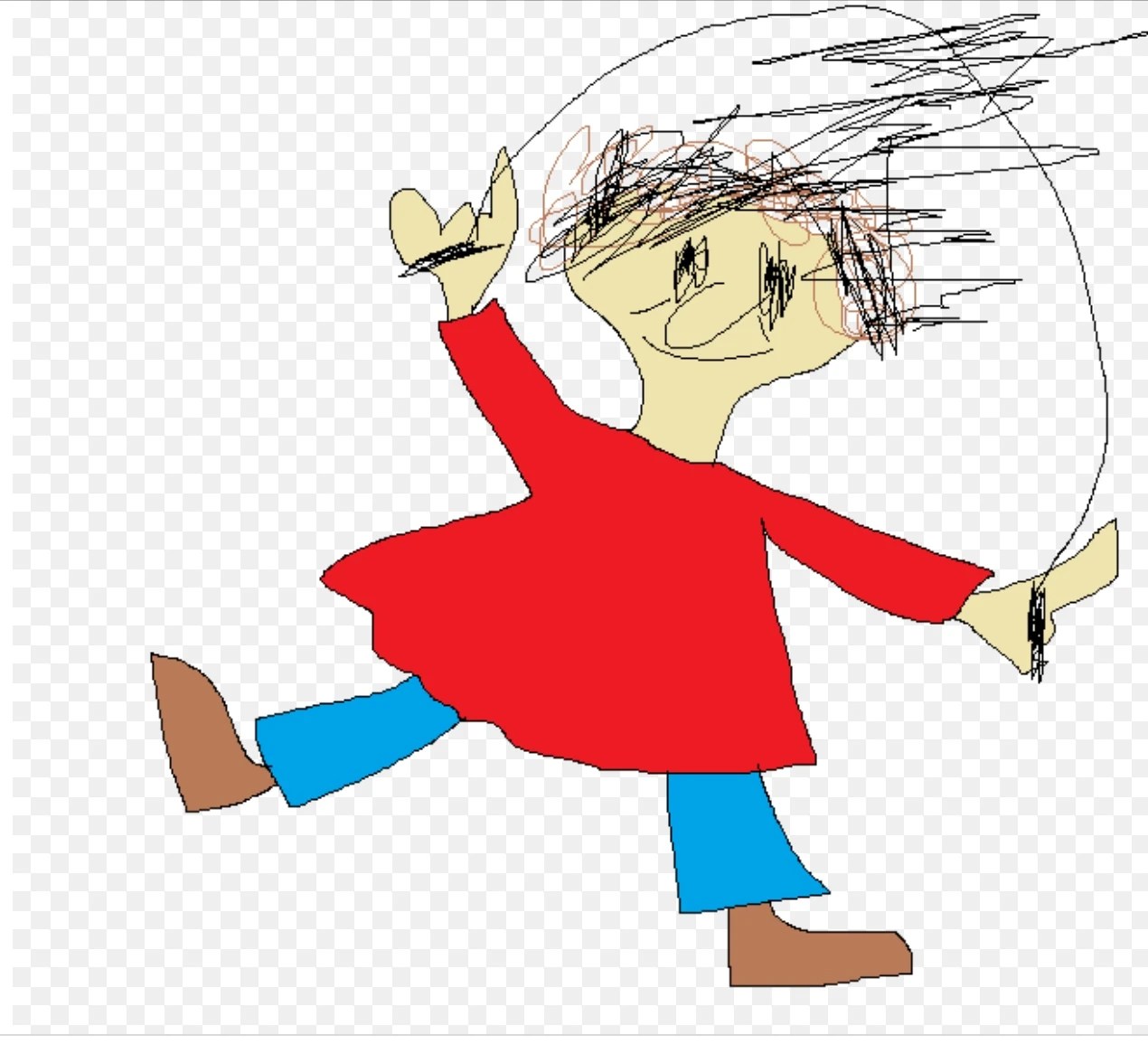Table of Contents
- 1 Introduction
- 1.1 Improves Physical Fitness
- 1.2 Enhances Motor Skills
- 1.3 Promotes Mental Well-being
- 1.4 Boosts Cognitive Abilities
- 1.5 Teaches Important Life Skills
- 1.6 Fosters Social Interaction
- 1.7 Instills Discipline and Time Management
- 1.8 Improves Overall Academic Performance
- 1.9 Promotes Lifelong Healthy Habits
- 1.10 Conclusion
Introduction
Physical education is an integral part of a well-rounded education. It provides students with the opportunity to develop their physical fitness, motor skills, and cognitive abilities. In today’s digital age, where children are spending more time sitting in front of screens, physical education learning becomes even more crucial. This article will delve into the importance of physical education in schools and how it benefits students.
Improves Physical Fitness
Regular physical education classes help students improve their physical fitness. Through various activities like running, jumping, and playing sports, students engage in cardiovascular exercises that strengthen their heart and lungs. This not only promotes a healthy lifestyle but also reduces the risk of chronic diseases like obesity, diabetes, and heart disease.
Enhances Motor Skills
Physical education learning plays a vital role in enhancing students’ motor skills. Activities like balancing, coordination exercises, and team sports help children develop better hand-eye coordination, agility, and flexibility. These skills are not only important for physical activities but also for everyday tasks like writing, tying shoelaces, and using tools.
Promotes Mental Well-being
Engaging in physical activities releases endorphins, the feel-good hormones, which promote mental well-being. Physical education classes provide an outlet for students to release stress, anxiety, and pent-up energy. Regular exercise has also been found to improve mood, boost self-esteem, and reduce symptoms of depression and anxiety.
Boosts Cognitive Abilities
Research has shown that physical activity has a positive impact on cognitive abilities. Physical education learning stimulates the brain by increasing blood flow and oxygen levels, which enhances concentration, memory, and problem-solving skills. It also promotes better academic performance as students are more focused and alert in their other subjects.
Teaches Important Life Skills
Physical education classes teach students important life skills like teamwork, leadership, and communication. Participating in team sports and group activities helps students learn how to work collaboratively, resolve conflicts, and set goals. These skills are transferable to various aspects of life, including personal relationships and future careers.
Fosters Social Interaction
Physical education learning provides students with opportunities to interact with their peers in a non-academic setting. Through team sports and group activities, students learn how to socialize, make friends, and build positive relationships. It also promotes inclusivity and teaches respect for others’ abilities, fostering a sense of community within the school environment.
Instills Discipline and Time Management
Physical education classes require students to adhere to rules, follow instructions, and manage their time effectively. By participating in regular physical activities, students learn discipline, punctuality, and the importance of prioritizing their commitments. These skills are essential for success not only in school but also in their future endeavors.
Improves Overall Academic Performance
Physical education learning has been found to have a positive impact on overall academic performance. Regular exercise improves blood flow and oxygen levels to the brain, which enhances cognitive abilities and concentration. Students who engage in physical activities also exhibit better behavior, attendance, and a higher level of motivation to succeed academically.
Promotes Lifelong Healthy Habits
Physical education classes introduce students to a variety of physical activities and sports, encouraging them to find an activity they enjoy. By exposing students to different forms of exercise, physical education promotes a lifelong commitment to staying active and maintaining a healthy lifestyle. This is crucial in preventing sedentary habits and promoting overall well-being.
Conclusion
Physical education learning is not just about playing games and running around; it is a fundamental component of a holistic education. It benefits students in numerous ways, from improving physical fitness and motor skills to promoting mental well-being and cognitive abilities. As educators and parents, it is essential to recognize the importance of physical education and ensure that it remains a priority in schools.






